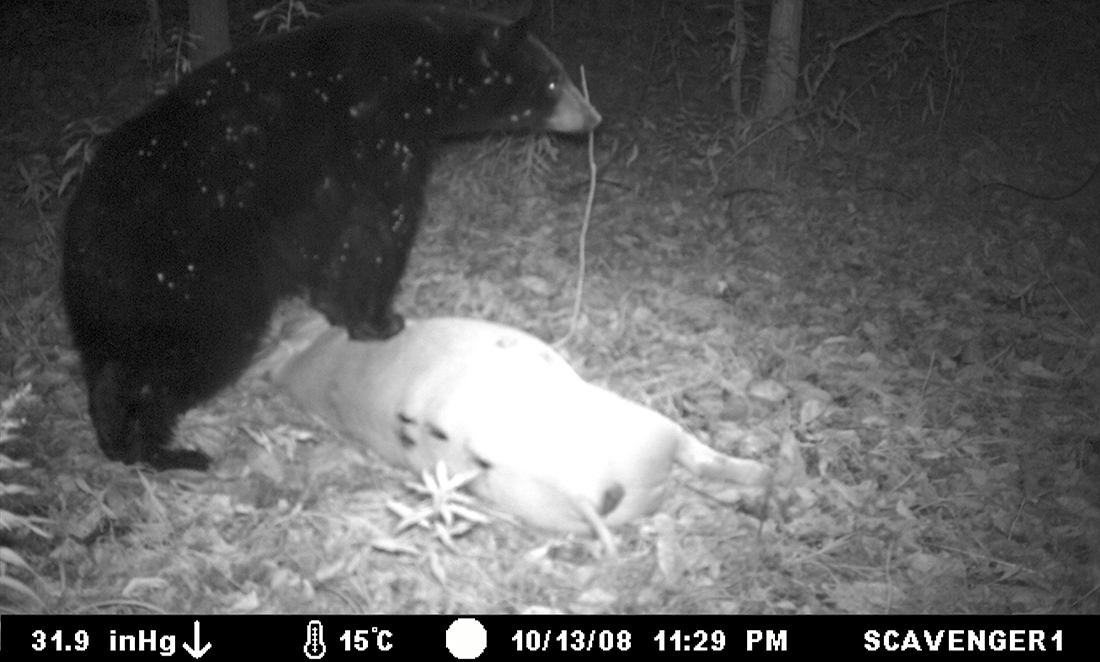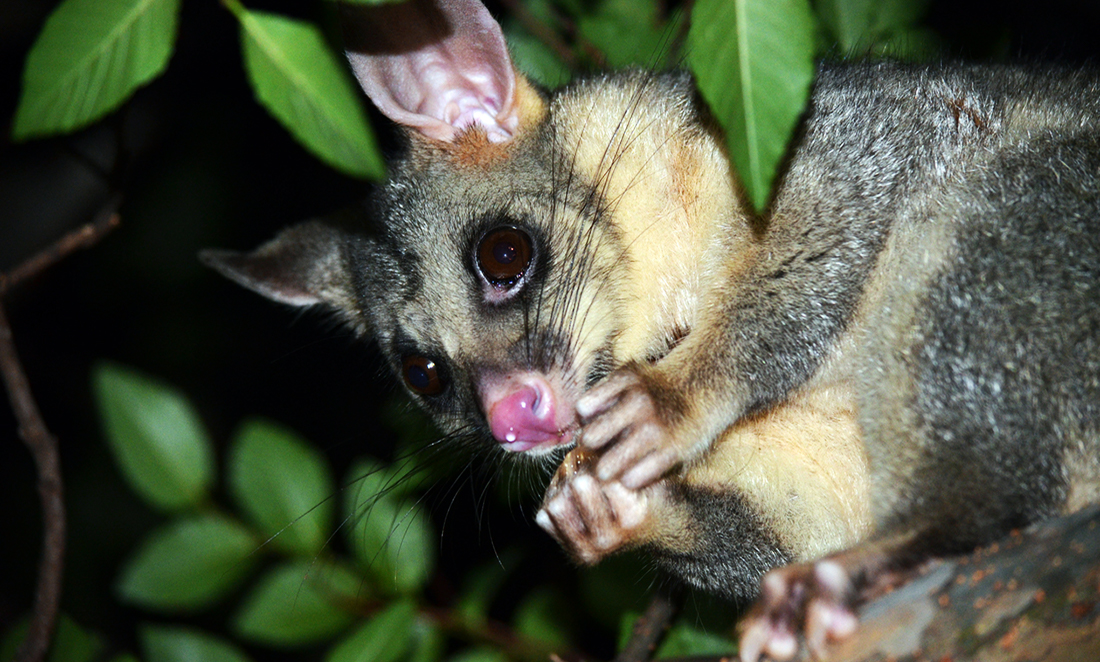Australia is pretty scarcely populated.
This is great news if you’re trying to dispose of a corpse.
It’s not great if you happen to be said corpse. If your poor bod gets discarded out woop woop way, it’s likely to languish there for a wee while.
If/when you are discovered, forensic experts can use environmental clues to estimate the time of your death.
Lots of scientific research has gone into helping these experts make accurate estimations. We’ve studied how temperature, wind, rain, sun and snow affects your corpse’s journey from body to bones. We’ve also looked at the effects of scavenging animals that swing by for a free feed.
Unfortunately, most of this research has been conducted in North America and Europe.
Australian ecosystems are notoriously devoid of coyotes, wolves, bears and deer, for that matter.

In fact, we’re pretty famous for having some unique animals of our own.
They’re typically characterised as small and harmless, but when researchers set out to see how native fauna affected Aussie corpse decomposition, they got some surprising results.
PORK, NOT PEOPLE
Body farms are increasingly being used to study human decomposition ethically and legally. Most of these farms exist behind pretty tight bars. While this successfully excludes unsuspecting bush walkers and body snatchers, it also excludes wildlife.
So to best mimic the real-life scavenging activity of animals in Australia, Professor Christopher O’Brien popped a couple of big dead piggies straight out into a few different bush settings.
Yep, hog is the industry standard human stand-in when people are not appropriate (or available). We share a similar internal anatomy, a lack of dense fur and an omnivorous diet.
Christopher set up infrared continuous time-lapse cameras and monitored what munched on the mock crime scene.
POSSUMS AND DUNNARTS AND DUGITES, OH MY!
A wide variety of animals popped in to the study sites, so here’s a brief summary of who you could expect to come and sample your remains.
Well, there are the likely suspects—rats, magpies and foxes were frequent foragers.
The Australian raven was present on all study sites. I guess if they’ll scavenge your bin, they’ll scavenge your body.
A slightly more regal scavenger—wedge-tailed eagles—swooped on down for a nibble.
There were a couple of reptile representatives including bungarra, skinks and bobtail lizards. Dugites were witnessed—perhaps a concern if you were still alive, but given the circumstances …
On the furrier end of fauna, the chuditch (our largest native mammalian carnivore) made an appearance along with brushtail possums, bandicoots and dunnarts.
“Hold on,” you’re saying, “this adorable sweet little dunnart would eat me if it came across me rotting in a field somewhere?”
Probably not, but dead bodies are great breeding grounds for insects, thus they house a whole bunch of maggots and larvae. Great news for insectivores.
CONTROLLED CORPSE COMPARISONS
So did animal activity affect the rate at which the pig corpse decomposed?
Yeah, seems like it.
Each pig that was exposed to the wild (and the animals) was accompanied by a caged corpse, otherwise known as a ‘control’.
The cage was made of mesh so fine that it only allowed for insects to go in and out.
Essentially, each corpse was exposed to the exact same environment, save for the presence of scavenging animals.
And the pig that was scavenged decomposed fastest.
This could be due to scavengers feeding on the pig itself or from the creation of breaches in the skin, allowing for the introduction of bugs and bacteria that then further the body’s decomposition.
PORK TO PEOPLE: PRACTICAL APPLICATIONS?
So if your corpse was found out in the bush, would this study affect a forensic scientist’s estimate of your time of death?
If they detect animal activity by your corpse, a forensic scientist might assume that the rate of decomposition has been accelerated. Essentially, you might not have been there as long as it would appear.
But this study isn’t the be-all and end-all of scavenging forensics in Australia.
A truth of forensic research is that each study’s results are unique to the environment that it is conducted in.
DROUGHT PUTS ON A DAMPER
The original plan for this West Aussie study had been to assess the effects of multiple environmental factors including temperature, sunlight and rain.
Unfortunately, it coincided with an unexpected dry spell so there weren’t many rainy days to study.
Did this affect the results?
Unusual weather may have inspired some unusual behaviour. Could some of the frogs (yes, frogs) witnessed at the scene have been exploiting the pig’s body as a source of moisture? And could these frogs then have been seen as an additional source of food for rats, foxes and ravens?
Perhaps.
It was the first study of its kind, and more research will have to be done to appreciate the wider forensic implications of corpse scavenging across Australia.
But at least we now know—never underestimate the snacking power of our scavengers.








